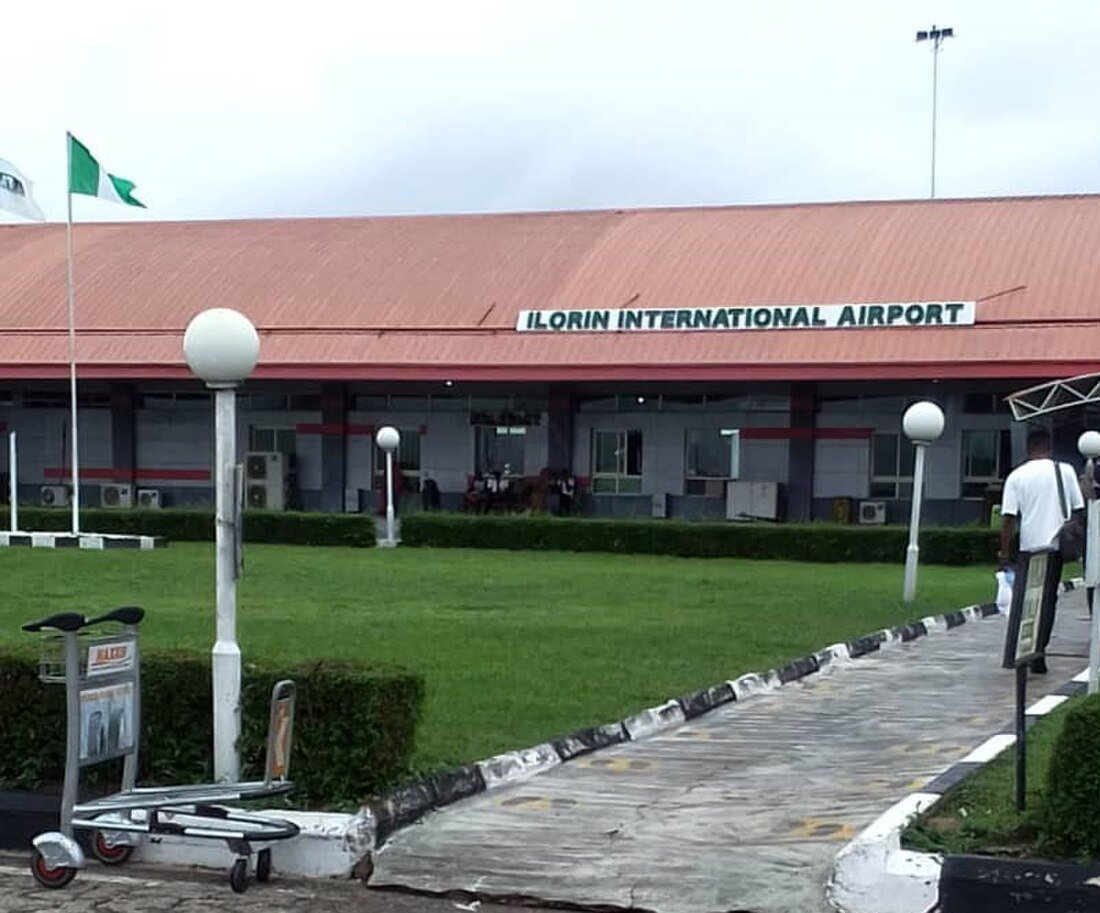4 Reasons Why Perfect Weather Forecasts Still Aren't Enough
LONDON, KENTUCKY - MAY 17: Tony McFall wears his father's cowboy hat, while looking over the debris ... More of his father's and step-mother's house, who lost their lives during the tornado in the neighborhood of Sunshine Hills on May 17, 2025 in London, Kentucky. A tornado struck communities in Somerset and London, Kentucky, leaving over 10 dead and more injured. (Photo by Michael Swensen/Getty Images)
Getty ImagesThis week it was reported that sirens did not go off as deadly tornadic storms moved through the city of St. Louis. Officials are investigating what went wrong. This incident and conversations with non-meteorologist friends at a recent cookout inspired this essay. In that moment of post-graduation celebration and good fellowship, it hit me. We could have a perfect forecast, and it is still may not be enough to save lives unless we address other parts of the communication chain.
I am not naive. As a meteorologist, I know that we will ever have perfect forecasts. At the end of the day, we are using complex equations, computer models, observations, and experience to predict how the fluid above our heads is changing in the next few minutes, hours or several days. In such predictions, we also have to consider that Earth is rotating; conditions on the ground affect weather; data is incomplete; and physics is hard. Even with those caveats, weather predictions are quite good.
PEACHTREE CITY, GA - SEPTEMBER 26: A meteorologist with the National Weather Service, tracks the ... More progress of Tropical Storm Isidore September 26, 2002 in Peachtree City, Georgia. The system is bringing in much-needed rain to the Southeast which is in the midst of a five-year drought. (Photo by Erik S. Lesser/Getty Images)
Getty ImagesOf course, we get comments and jokes about meteorologists and forecasts, but I often find that rooted in misuse of forecast information, reliance on flawed apps, or unrealistic expectations related to precise locations. A 30% chance of rain verified if it rained in your area even if you were not expecting it at your child’s soccer game. A tornado warning for a region verified if a twister moved through your county even if it didn’t affect your community. Which leads me back to our discussion about perfect forecasts.
Forecast skill has advanced over time due to more powerful computers, advanced radar systems, satellites, field campaigns, and scientific research. Think about the last time you saw reports of a airplane crashing because of wind shear or a hurricane surprising a coastal community like the Galveston storm of 1900. It just doesn’t happen anymore. Just recently, I wrote about technology that is starting to enable up to two hours of lead time for a specific tornado. In 2025, it is extremely unlikely that a tornado does not have some level of warning. Frankly, it usually comes in multiple forms ranging from multiple day outlooks, watches, and warnings. Yet, we still get headlines like, “It came without warning!” And for a person that never saw those warnings, watches, or outlooks, it certainly did.
That’s my first point. Even if the forecast was perfect, if someone doesn’t receive the information, they cannot act upon it. While we are a more connected society than ever, people still miss weather alerts, warnings, or emergency management directives. They just do. They may not be watching television. They may have disabled alert systems on their smartphone. They may not have access to their smartphone or even own one. By the way, there is a separate article that I could write about disproportionate impacts and access to information for certain communities, but I will save that for a different day. There are tens of other reasons people don’t get that “perfect forecast," and I am not sure how to solve that challenge.
Sirens are meant to alert people. As we saw in St. Louis, however, there was some type of breakdown in protocol for triggering the sirens. Human error or other system breakdowns can dilute appropriate weather information. For example, I cringed recently to see a story about cars stopping to shelter under an interstate overpass in Missouri. That mistake endangered many lives, including their own.
Let’s get back to tornado sirens. Sirens are not meant to be heard inside. You may hear them inside, but they are not designed to be your indoor warning system. The National Weather Service website noted, “Sirens are an outdoor warning system designed only to alert those who are outside that something dangerous is approaching.” I have seen many instances in which people complained about not hearing the sirens in their homes. It is important to have multiple ways to receive storm alerts and to be aware earlier in the day that severe weather is possible. Before you go to bed, you should always have a night plan and awareness of potential weather threats.
Speaking of storm awareness, one friend at that cookout made a point that stuck with me. She noted that the St. Louis region routinely experiences the threat of severe weather, which can make it hard to discern when a true threat is happening. This is called normalcy bias, a type of cognitive bias that causes people to dismiss or minimize warnings because of familiarity or expectation that “normal” conditions prevail. In the aftermath of Hurricane Harvey (2017), I recall media interviews in which people said things like, “We get rain and flooding in Houston all of the time, didn’t think it would be this bad.” Scholars have discussed ways to overcome normalcy bias, but it is still one our biggest barriers to achieving the “perfect” forecast and response.
Other psychological barriers exist too. People exhibit optimism bias if they survived a previous hurricane or tornadic storm without taking any action. Motivated reasoning causes people to make a poor decision, like driving into a flooded roadway or sitting in a stadium while lightning flashes around, because they have a desired outcome. I often see businesses, school systems, and other institutions exhibit motivated reasoning too.
In recent decades, the field of meteorology had an "aha" moment. The growth of social and behavioral sciences within our field has been important. We now understand that responses needed from weather risk communication will not come exclusively from just a better radar or computer model. People need to receive the information and understand what they are receiving. If someone does not understand what the “cone of uncertainty” means as a hurricane approaches or the difference between tornado “watch/warning," they may take the wrong actions or none at all.
Meteorologist Hugh Johnson points to the forecast cone of Hurricane Sandy on a computer map at the ... More National Weather Service on Fuller Rd. on Thursday, Oct. 25, 2012 in Albany, N.Y. This is the predicted path zone for the hurricane as of the time this photo was taken. (Photo by Lori Van Buren/Albany Times Union via Getty Images)
Albany Times Union via Getty Ima










